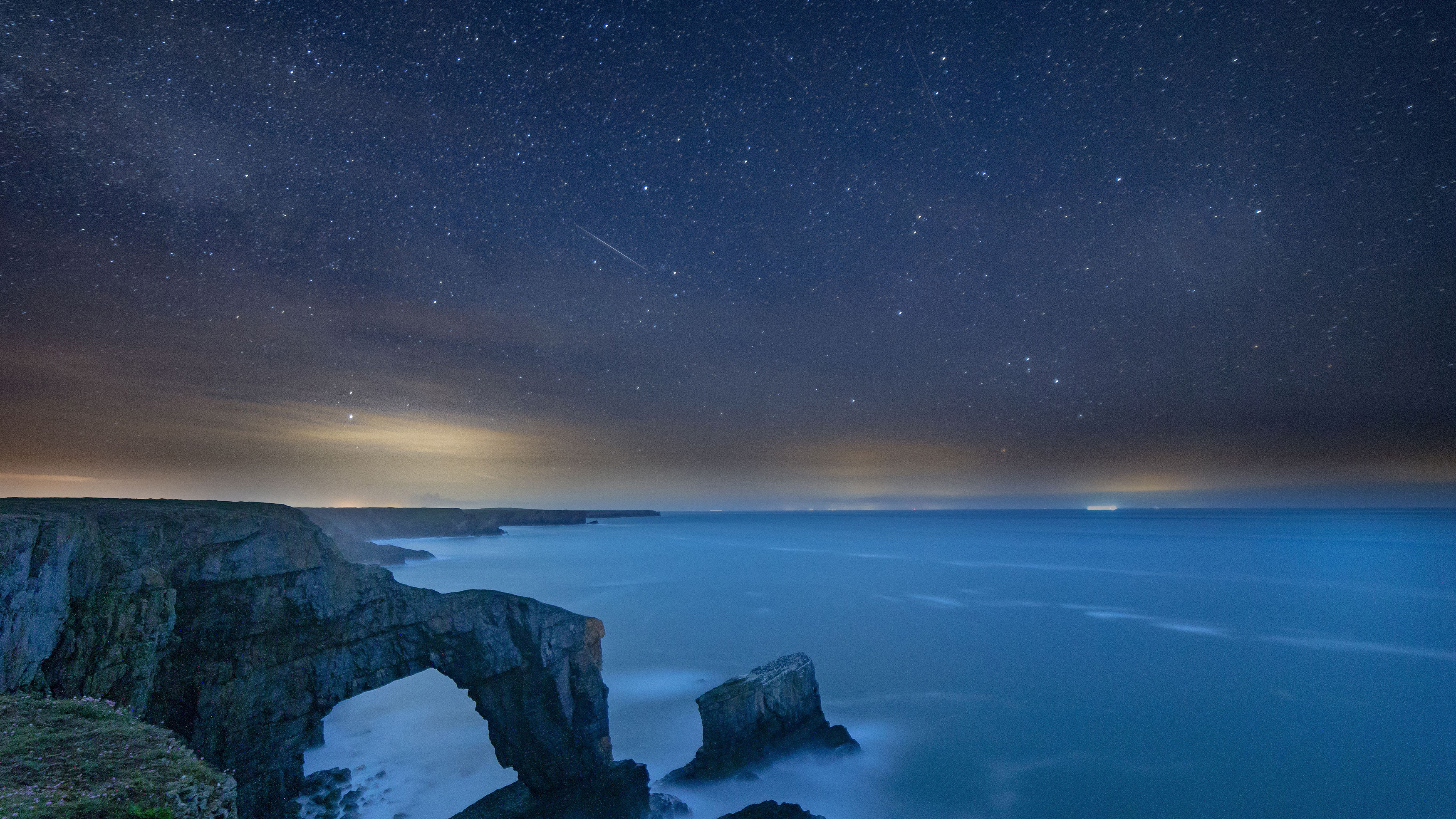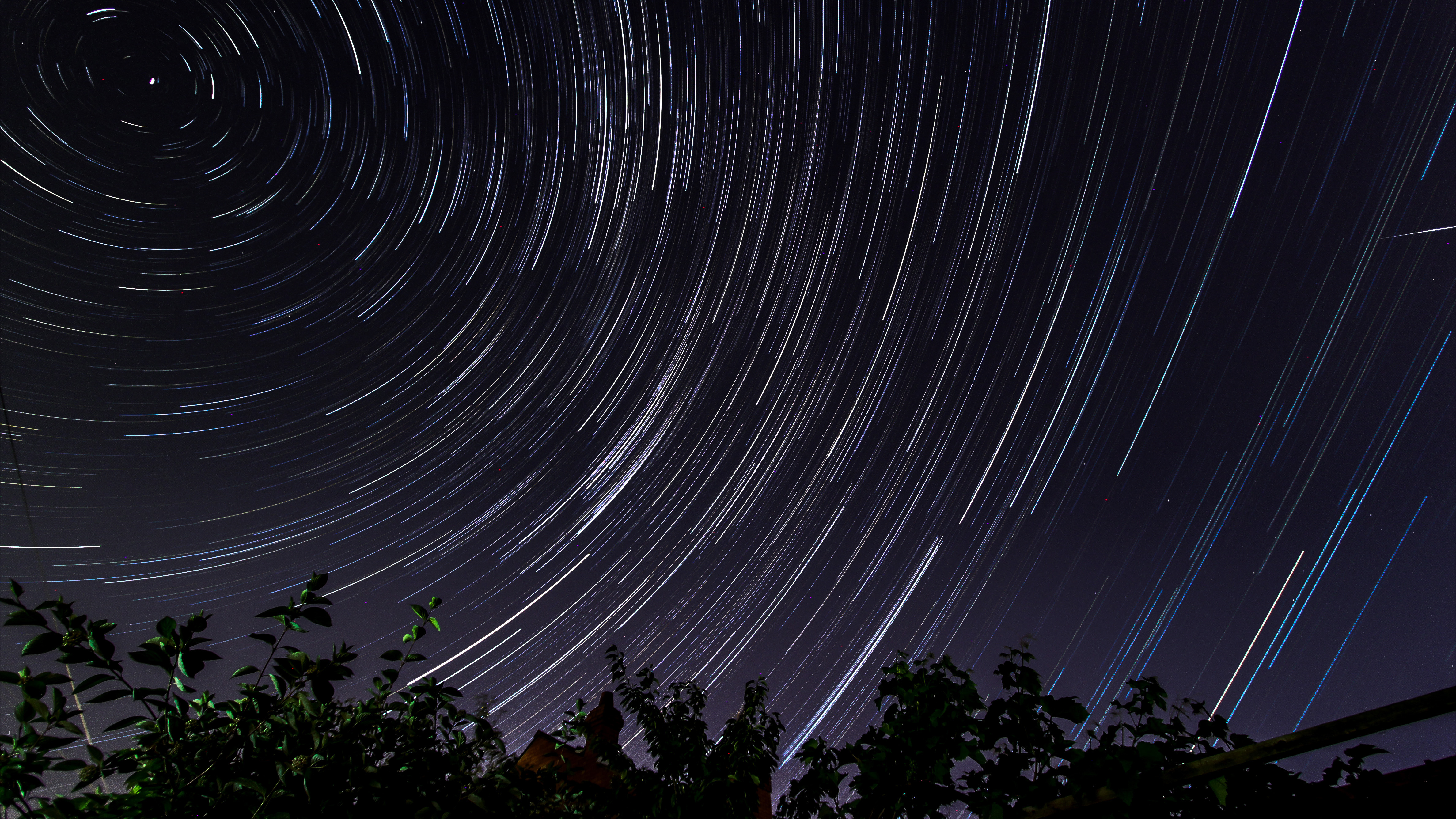Beginner's guide to stargazing: where to find dark skies and the best gear for stargazing
Can you navigate by the stars? You soon will with our ultimate guide to getting to know the night sky


The night sky is here to stay. Astro-tourism is on the rise and everyone’s going outside to look up at constellations, supermoons, meteor showers and the Northern Lights. Have you got the right kit to make the best of your time under dark skies?
If you haven't sorted your kit out yet, head to T3's guide to the best telescopes to buy now for our top recommendations (note, you can also use some of the best binoculars for stargazing). Not sure where to start? Head to our tips on how to choose your first telescope, and our telescope types explainer. Once you've all kitted out, read on for our guide to when and where to stargaze.
When to stargaze
Always check with the moon. Sure, you have to get out of the city if you’re to see anything more than a handful of very bright stars – such as Sirius, Aldebaran and the stars of Orion – but if you rock-up in a rural area and there’s a full moon blazing, you’ll have the same problem.
The moon, you see, is a horrid light polluter. So the best time to stargaze is around a New Moon, when the sun is illuminating the far side of the moon. It’s therefore invisible, or only fleetingly visible as a crescent. Check this moon calculator for where you live and plan a trip to a dark sky destination in the week before a New Moon (plus a few days after when the moon sets early). That’s about a 10-night stargazing window each month.
Incidentally, if moon-gazing or planet-spotting is more your thing, then don’t even bother leaving the city since light pollution does not affect views of the moon or planets.

Where to stargaze
Wherever there are humans, there is light pollution, so the rule of thumb is to go to where other humans are not. If you’re into astrophotography – which requires long exposure photography – even a single light in your camera’s field of view will mostly ruin your shot.
If you’re stargazing with the naked eye or binoculars, or using a telescope, it’s less important, but the darker the skies, the better. Anywhere about 25 miles from big cities and urban areas is good, though there are some enticing and super-dark International Dark Sky Parks (IDSP) to choose from such as Elan Valley Estate in mid-Wales, Galloway Forest Park in southwest Scotland and Bodmin Moor Dark Sky Landscape in southwest England.
Get all the latest news, reviews, deals and buying guides on gorgeous tech, home and active products from the T3 experts
Note the difference between an International Dark Sky Park and an International Dark Sky Reserve (IDSR); the former is already ultra-dark while the latter is committed to reducing light pollution so may not be particularly dark throughout.
There’s also a network of smaller Dark Sky Discovery Sites in the U.K. that’s mostly rural pub car parks, lay-bys, parks and reservoirs. Choose a ‘Milky Way’-rated site for the darkest skies where the Milky Way is visible to the naked eye during the summer months.

How to stargaze
You need clear skies as well as dark skies. You also need to abandon the concept of white light. Yes, that means switching your phone off, or downloading apps like Stellarium and SkySafari that not only give you an augmented reality planetarium guide to what you’re looking at, but do everything in red light. Red light is important because it maintains your eyes’ dark adaption. To get dark-adapted eyes, simply switch-off all lights for about 20 minutes and start stargazing. As you do so, the iris in your eye will open up to let more light in, and gradually your retina will switch to detecting light in various wavelengths using rods and cones. Just remember that even a flash of white light instantly destroys dark adaption, so keep car headlights and torches off (or get a red torch) until you’ve finished stargazing.
The best way to learn the night sky is to study some constellations in a book using a red torch – or on one of those apps – and try to find them in the night sky. What you can see will depend on when you stargaze since all stars have a six month viewing season. For example, the stars of Orion are only visible in the winter months.
For added interest find out when the International Space Station is due to cross where you’re going stargazing; it takes about four minutes for the satellite to cross the sky. It’s a fabulously bright sight.
Jamie is a freelance journalist, copywriter and author with 20 years' experience. He's written journalism for over 50 publications and websites and, when he's not writing, spending most of his time travelling – putting the latest travel tech through its paces.
